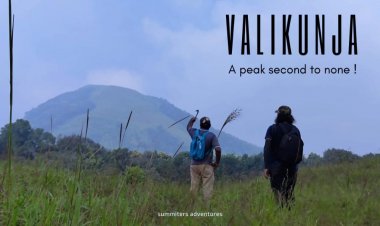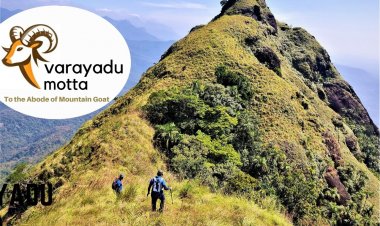Chomakund Traverse - A exciting journey across the hills and valleys of coorg
The hills of north kodagu is always sacred and always welcoming the adventurous all times. The Tadiyandamol hill and Brahmagiri range is interlocked with Choma Kund (1620 m), and is a ess known locale adjoining to Kabbe kund or Kabbe betta.The trekking trail begins on a green coffee plantation at the beautiful YemaPaRE falls. The trail goes through forests and grasslands with breathtaking views and landscapes. The trail is about 7 kilometers long, with undualating hills and rich flora – fauna. A place for those who love nature. The peak rising above the clouds, makes a perfect view-point with postcard quality scenery, traversing the hills bordering kerala.
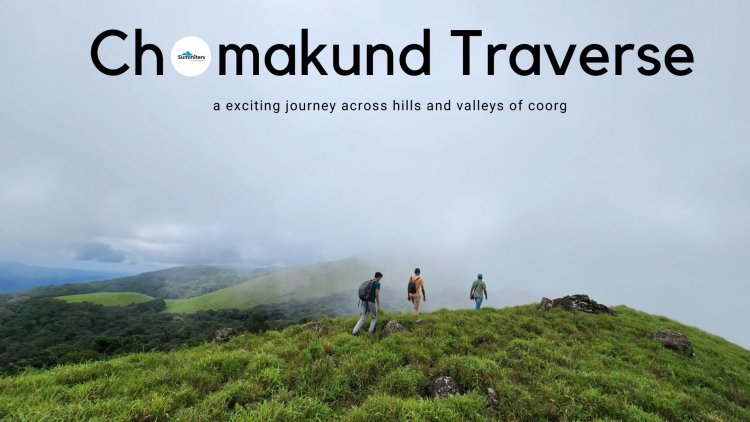
Though I have been visiting the Chelavara hills, and lesser-known cascades tucked away in the wild in the vicinity namely YeMapAre and BalliyaTra, and adjoining valleys for the past 2 decades. A place seemed to have been out of my sight until I persuaded Appanna to explore. The thong kolli region of the elusive hill Chomakund is said to be the origin of many unknown streams and has been overshadowed by kabbe betta or kabbe kund in the vicinity.
Not many knew about this until we discovered it!
Though the plan to visit this hill beyond Chelavara was a high priority,, local conditions, thick vegetation, and elephant movement were a menace was a major concern in reaching the summit trespassing the hills.
The summer months proved to be very harsh, as the grasslands were dry, though an exploration trip was made did not interest me. Lack of water and the hot climate made every step tiring.
Chomakund Traverse 1620 m
Though the monsoon was very active during the pre-monsoon, we made an attempt during August considering we get good weather and spot flora and fauna of the region. Though it was sunny we could feel the change in weather and hills shrouded with mist as we reached Kabbe betta. The grass was green and the whole valley was draped in a veil of mist. Walking past the edge of a lonely rock we descended into the forest.
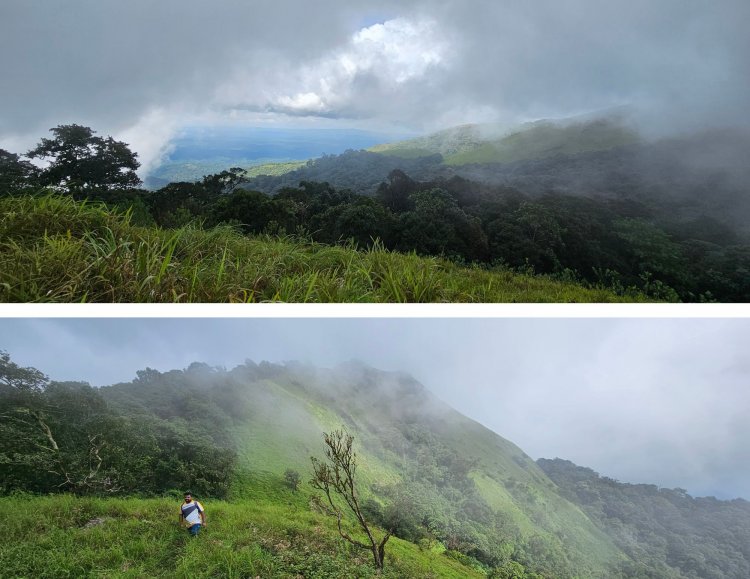
I could spot a bunch of white flowers clinging to the branch of the tree and dancing to the tune of the breeze. It looked like impatiens, and my guess was correct, as had been seeing these species in different colors during my visits to the Western Ghats, Netravathi Peak, Kurunji Kallu, and in Garo hills of Meghalaya during the Wari Chora Canyon exploration.
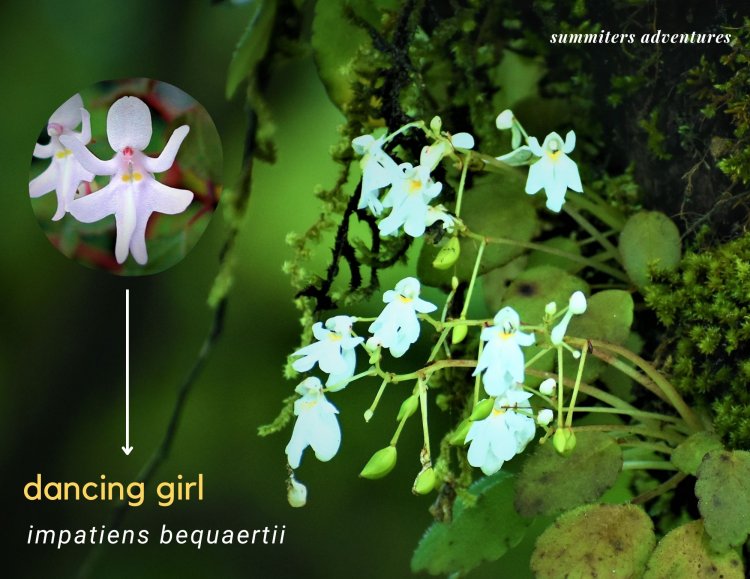
I recalled seeing this flower during a meet and was termed a mimicry flower by Dr. Shashidhar resembling a fairy or girl in a dancing position. A close observation made me decide that it was the same flower, but it was a unique flower belonging to the family of impatiens known as impatiens bequaertii called a dancing girl
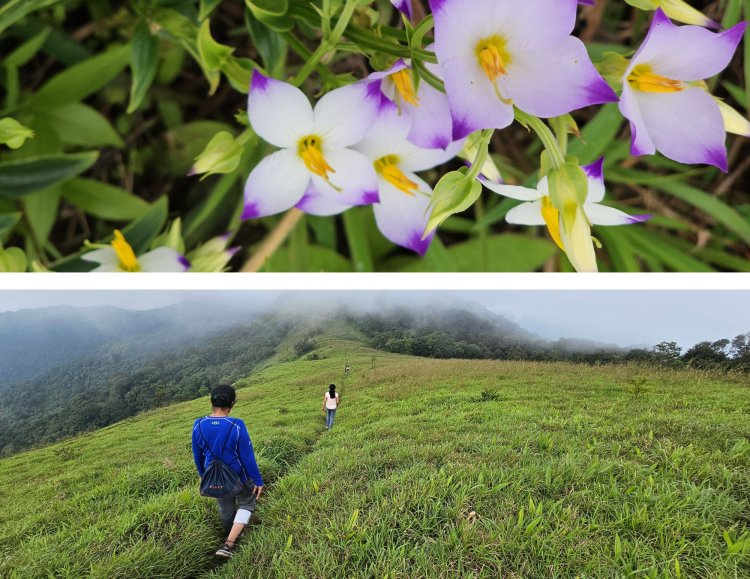
The vast valley adjoining the ridge made me stop, every minute. I could spot bi-color Persian violet flowers in full bloom, dotting the valley, the bluish Asian day flower and a lonely Chinese cucumber flower - known as Trichosanthes kirilowii waiting to greet me. The flowering plant is found in Henan, Shandong, and other provinces of China.
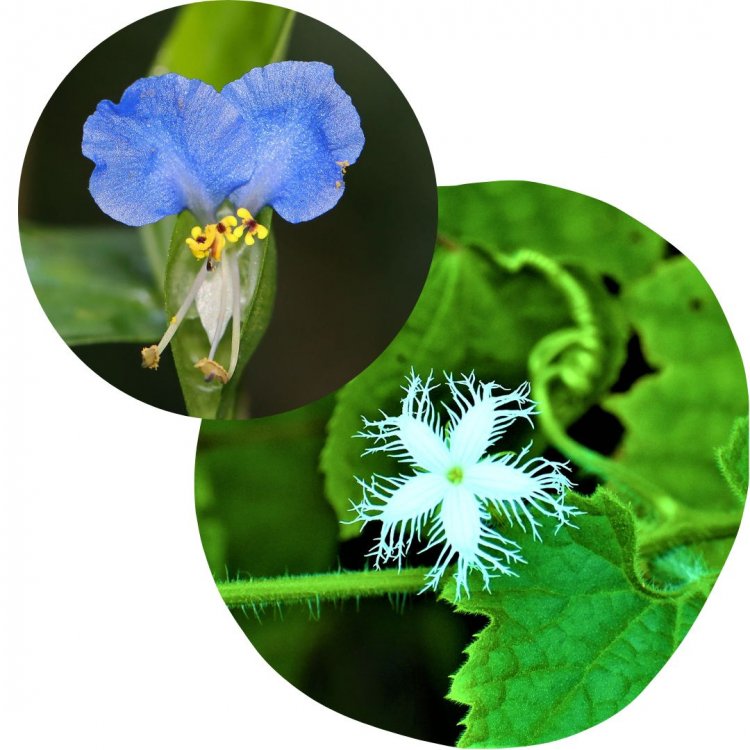
It is one of 50 fundamental herbs used in traditional Chinese medicine..The flower is said to have immense medicinal benefits and is said to be used in Indian medicine too.
I could even spot a few species of butterflies that were active in the morning. I managed to walk on the ridge cautiously and successfully was able to click a few winged beauties namely. Dark grass brown, Brush footed butterfly, Long banded bush brown, Blue moon butterfly, and common Silverline. Though I could find quite a few, in the thickets. It was difficult for me to move around instantly. The mist began to envelop the valley and the sudden appearance of sun was a divine experience. The velvet green grasslands were glowing in the light. Though we were keen to take a diversion and explore it. Our guide Appanna made signs that it is an elephant visiting place in summer, as there are waterbodies in the deep gorge.
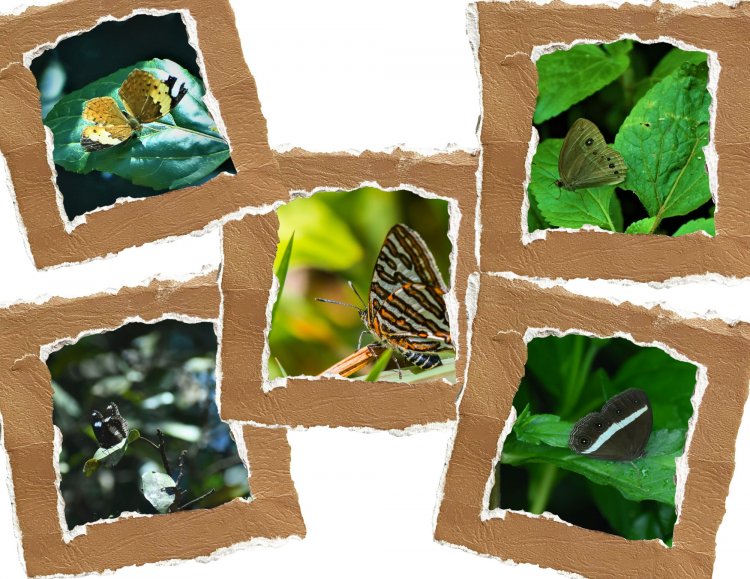
We walked through the grassland and cautiously crossed the rock patch, it was the crucial part of the trek. A small mistake or negligence here can cause serious injury or may be fatal.All members assisting each other cleared the patch.

We again managed to climb on the boulders and finally reached the lonely tree overlooking the valley. It was already 1:20 p.m., and all were exhausted and decided to wait for other members to come behind.
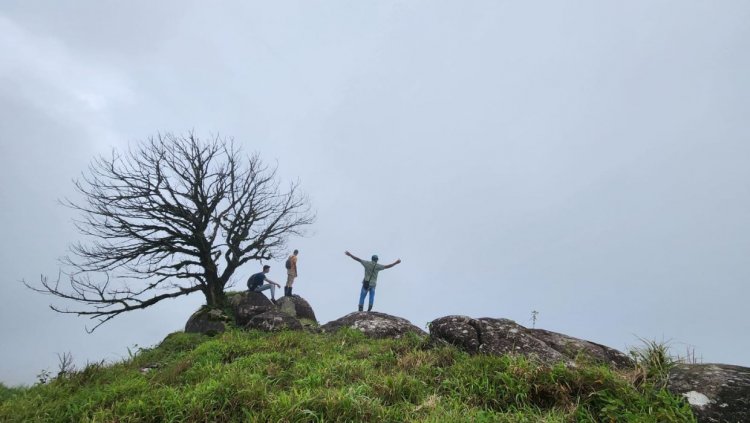
The mist enveloping the valley opened up. A deep gorge lay before us, a series of hills unfolding their beauty and mesmerized us. Koushik another local guide accompanying us pointed out at herd of pachyderms foraging on grass on the hillock. In a fraction of a few seconds, the whole valley was covered with mist. It was a herd of 6 elephants and soon decided to take a break for lunch, for the mist to subside and know the movement of mammals.
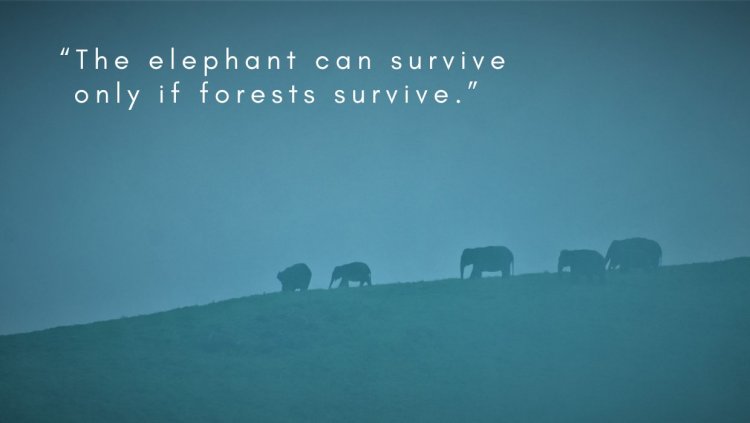
We had just finished the packed lunch that we had carried with us. Suddenly we could hear a trumpet of yet another group of wild elephants from the valley down below. The thundering sound shook us. We abandoned going further, as we were surrounded by a herd. The trumpeting sound amplified though we moved crossed down. Koushik recalled and shared his wild encounters with elephants while crossing the ridge and walking on rock. It reminded me of my encounters in the wild. I felt we were in the territory, where elephants have all rights to roam as they will. A sign of relief and with a deep breath looked back. The whole valley was a total whiteout.
“Nature's great masterpiece, an elephant – the only harmless
great thing.”
John Donne.
Note -
Don't venture into this region without trusted guides and local support. Local Kodavas and Malekudi tribes know the path of elephants and their behavior.
Don't play loud music with your phones and venture into the wilderness. This place is for ardent nature lovers.
Don't litter and carry back what you carry.









